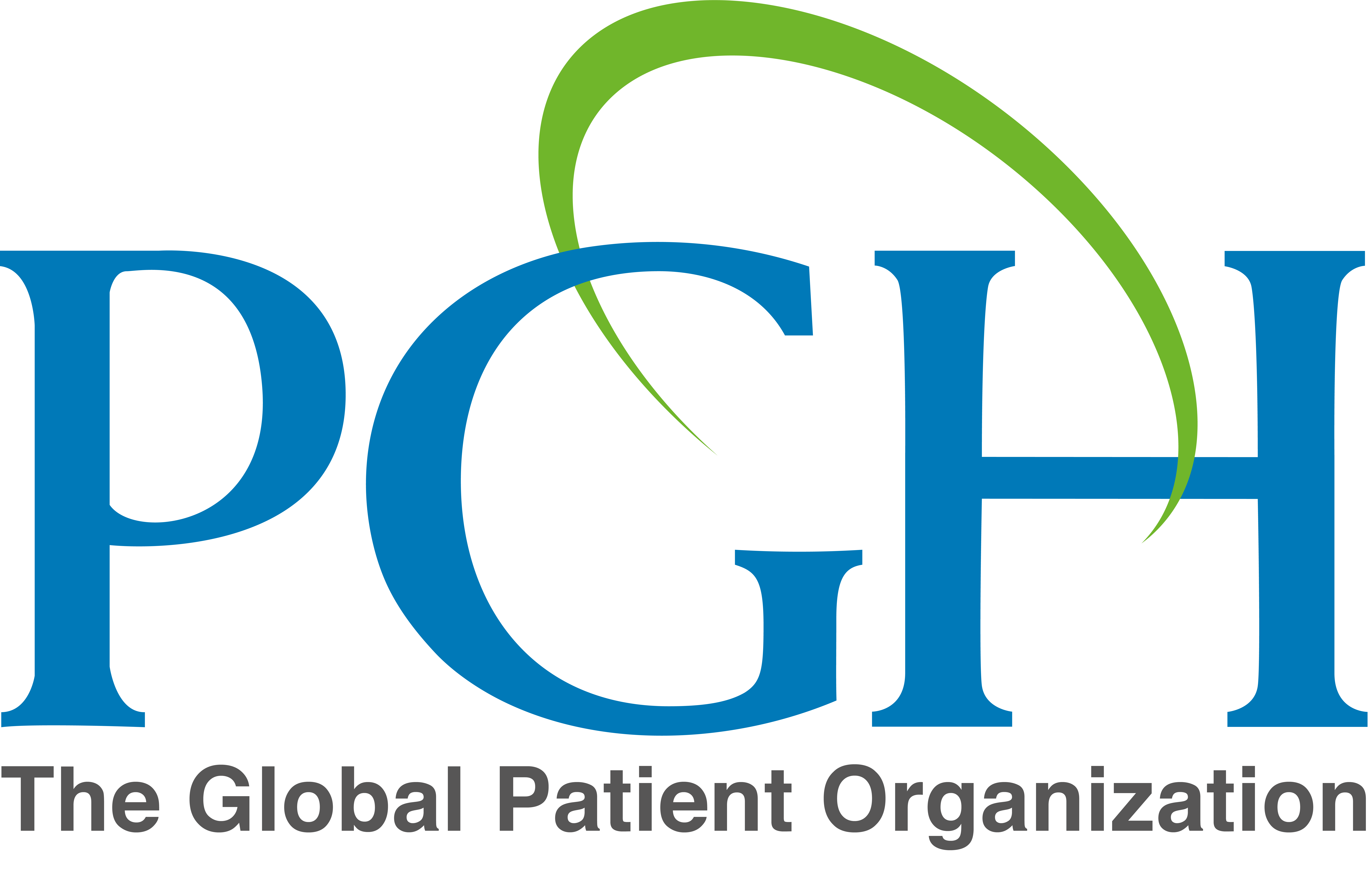Your Heart Skips A Beat: Is It Love? Or Should You Go To A Doctor?
February 1, 2021
Read on to learn more about your heart’s rhythm and health.

“Falling in love” is a common expression in English. Often it refers to a euphoric sensation of attraction and giddiness after an encounter (maybe random or expected), where the normal flow of things seems to take on a special, charged meaning and your heart ‘skips a beat’. It may happen when you least expect it, or gradually unfold and blossom.
Love and desire are often accompanied by wild fluctuations in hormones and in emotions that are reflected in wonderful highs and elation or lows and despair, as so many poets, musicians and writers have described.
While it is normal for your heart to beat quickly when you are excited or nervous, and to skip or add a beat, this is often influenced and provoked by other environmental factors, such as too much caffeine, diet pills, or not enough sleep. Fortunately, these are easy to fix.
In some cases, however, fluctuations in the rhythm or rate of your heartbeat, could be a sign of problems with your heart’s electrical system. Cardiac arrhythmia occurs when electrical impulses do not work properly.
During an arrhythmia, the heart can beat too fast, too slow, or with an irregular rhythm. When the heart beats too fast, the condition is called tachycardia. When it beats too slowly, the condition is called bradycardia.
Arrhythmia may present no symptoms, or it may be accompanied by warning signs like chest pain, fluttering in the chest, palpitations or slow heart rate, sweating, shortness of breath, fainting, light-headedness, or dizziness.
Atrial fibrillation (often abbreviated as ‘AF’) is one of the most common forms of cardiac arrhythmia where the atria (the two small upper chambers of the heart) quiver instead of beating effectively causing the atria to twitch. This can feel like an irregular heartbeat or pulse. Irregularities in the heart’s electrical pulses cause the blood to be pumped improperly, resulting in pooling or clotting. If a blood clot moves to an artery in the brain, AF can lead to stroke or heart attack.
It is not always clear what causes an arrhythmia. Some contributing factors –which can be improved by changes in lifestyle – that increase the chance of developing arrhythmia are: high blood pressure, diabetes, obesity, high fat diet, drug abuse, excessive use of alcohol, high cholesterol, smoking, stress.
Other causes can include heart disease, congenital heart defects, aging, myocardial ischemia (reduced blood flow to heart muscle), sleep apnea, and electrical conduction disorders. Contributing factors to tachycardia can be emphysema, heart valve disease, having had a heart attack, and angina. Some substances like dietary supplements and herbal remedies and prescription medicines may also cause arrhythmias.
Arrhythmias are diagnosed by examining medical history, physical examinations, and electrocardiograms (EKG) that are noninvasive tests that measure the heart’s electrical activity.
Treatments to restore normal rhythm vary and can include one or more of the below, alongside cardiac monitoring:
- Medications – calcium channel blockers, beta blockers to help lower blood pressure, dietary supplement, anticoagulants to prevent blood clots and stroke, and anti-arrhythmic drugs to control rate or rhythm of the heart.
- Medical procedures – electrical cardioversion and radiofrequency ablation.
- Implantable devices and surgery – pacemakers, implantable cardioverter-defibrillators, catheter-based ablation procedures, and cardiac surgical procedures.
This Valentine’s Day, take notice and action out of love for your heart’s health and find out your pulse rate (the number of times your heart beats per minute) to know your heart’s rhythm.
Simply follow these steps:
- Remove watches and jewelry from your wrists.
- Place three fingers (index, second and third fingers) on your pulse, on the palm side of your other hand below the base of the thumb.
- You can also place two fingers (the tips of your index and second finger) on your lower neck on either side of your windpipe.
- Press lightly until you feel the blood pulsing beneath your fingers. You may need to move your fingers around, slightly up or down.
- Count your pulse for 30 seconds.
- Multiply the pulse times two (x2) to find the heart beats per minute (BPM).
Your pulse rate is lower when it is at rest and increases when you exercise. Normal heart rates at rest are: Children (ages 6-15): 70-100 beats per minute; adults (age 18 and over): 60-100 beats per minute.
Listen to your heart and if the beating is off, talk to your doctor.
Sources:
- Columbia Heart Surgery. ‘Atrial Fibrillation and other Arrhythmias’.
- UpBeat (Heart Rhythm Society). ‘Early Warning Signs’.
- Brigham and Women’s Hospital, a Harvard Medical-School Affiliated Hospital. ‘Arrhythmia Treatment Services’.
- Cleveland Clinic. ‘Pulse & Heart Rate’.
